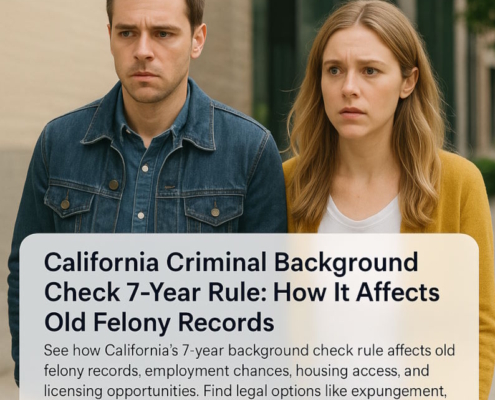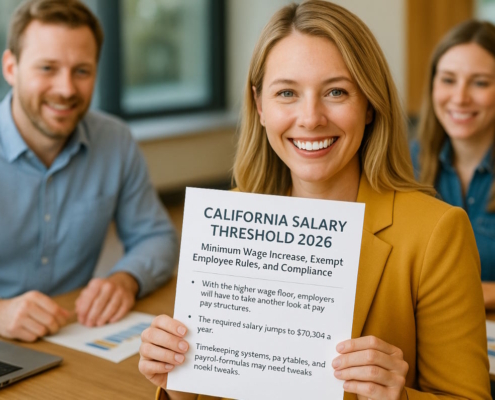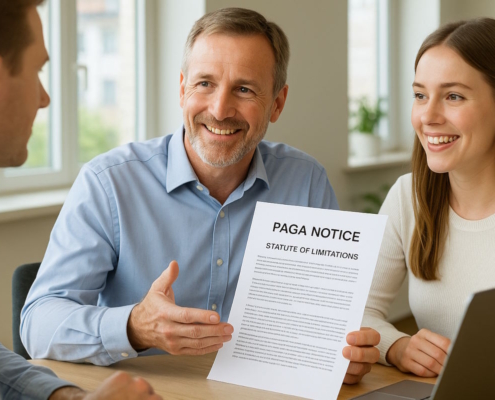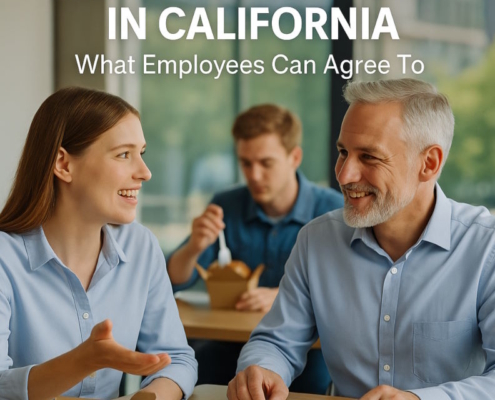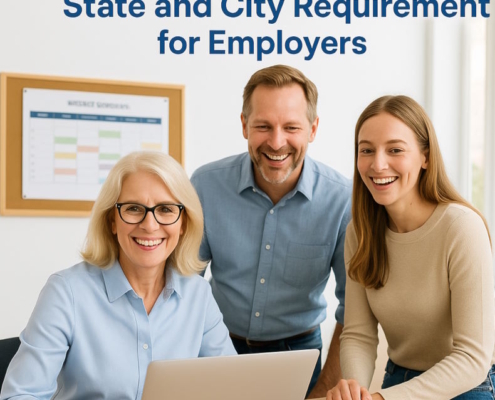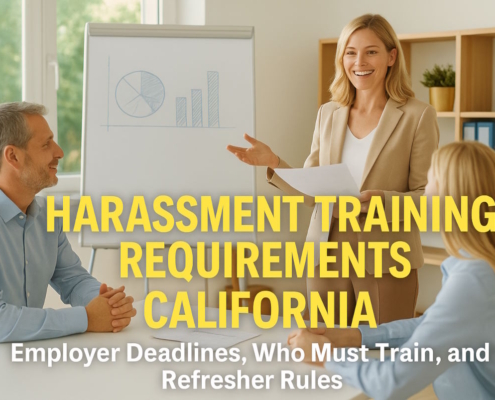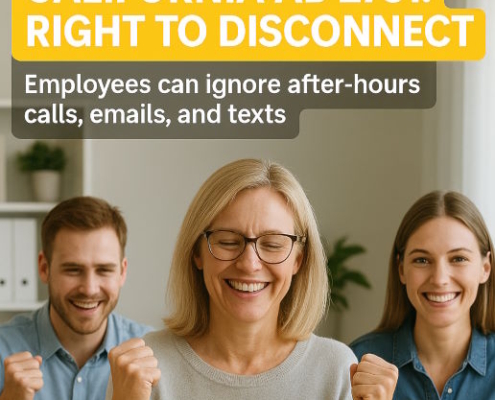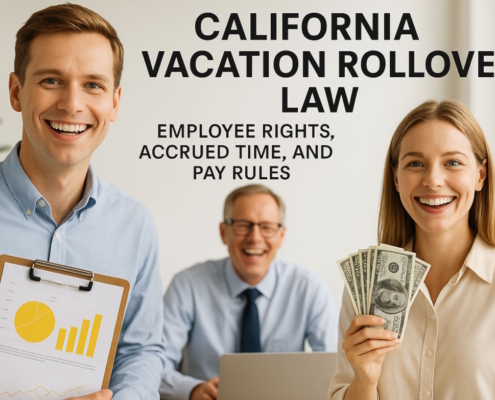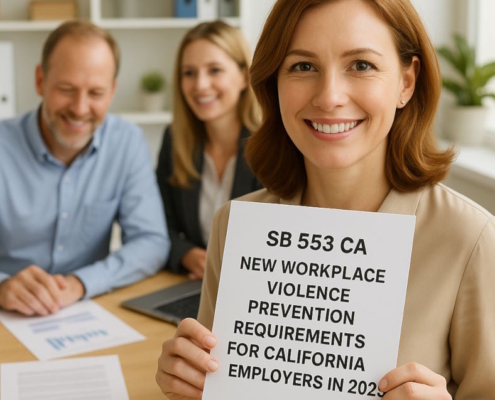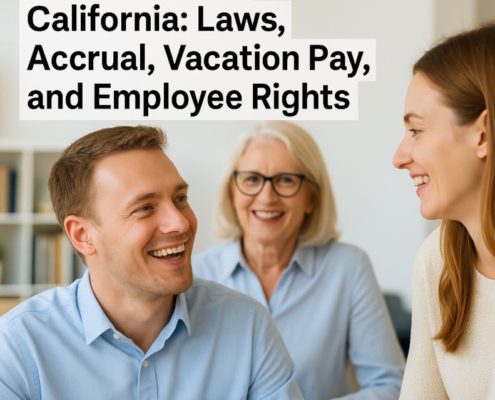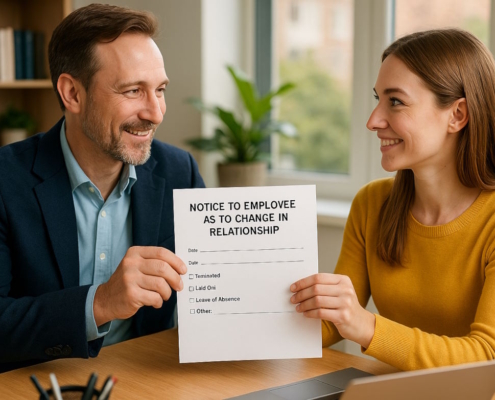Introduction
Sick leave accrual is one of the advantages of working in California. Employees may request time off from work without incurring penalties when they are ill, thanks to this perk. This lowers the chance of coming into contact with others in addition to aiding in healing. Under the California Sick Leave Law 2025, employees are entitled to one hour of time off for illness for every thirty hours they work under this benefit. Employers may, however, “limit” the benefit’s use to either twenty-four hours or 3 days per year, whichever is higher.
The law has, however, been temporarily modified in light of the recent pandemic to meet the demands of the community and employees. Employers with over 26 workers are required to offer COVID-19 supplementary paid sick leave to their staff members for a total of 80 hours or two work weeks through 31st December 2022. This time’s objective is to:
- Get well after COVID-19.
- After getting the symptoms of COVID-19, see a doctor for a follow-up diagnosis.
- Self-quarantine as directed by a doctor/physician, state, or municipal authority.
- Seek assistance for a family member or relative who is engaging in self-control.
- Attend to a dependent child whose daycare or school has been closed.
- Vaccinate yourself against COVID-19.
Employers are required by the California Sick Leave Law 2025 to offer sick leave to their workers and are prohibited from taking adverse action against those who make use of this benefit. An employee may be able to sue for labor law infractions if they are denied certain rights.
Eligibility
If they work for more than thirty days in the course of a year, the majority of employees are eligible for this benefit. This covers part-time, full-time, and temporary employees who are exempt or nonexempt. However, workers in some industries are subject to limitations, including:
- Workers for the federal government
- A few local and state workers
- Workers covered by a collective bargaining contract
- Providers of services that involve providing in-home assistance
- A few airline workers
As previously indicated, under California Sick Leave Law 2025, full-time employees are entitled to twenty-four hours, or 3 days, of sick leave every 12 months, with employees accruing one hour for each thirty hours worked. While this statute applies throughout the state, local regulations in some locations give workers extra sick leave benefits. The following cities have different ordinances. These city-specific rules show how the California Sick Leave Law 2025 interacts with local protections, which often gives workers stronger coverage.
- Santa Monica and Berkeley. The number of workers determines both city ordinances. They must provide 72 hours of individual sick leave if they have 25 or more employees. The number decreases to 48 hours if there are fewer than 25.
- Los Angeles. Employers in LA provide up to forty-eight hours or six days.
- San Francisco and Oakland. The number of workers also affects the benefit in both locations, with a division of 10. Employers are required to provide seventy-two hours annually if they employ more than ten people. They have to provide 40 hours annually if there are fewer than 10.
Compensation for Time Off Due to Illness
An employee has the right to receive their usual rate of pay when they take individual sick leave. Should the sick leave be tied to COVID-19, there is a difference. Exempt workers enjoy the benefit of receiving their usual rate. Non-exempt workers will be paid their usual rate, the minimum wage set by the state or the local government, or the average salary for a 90-day duration, whichever is higher.
Bringing a Civil Case
An employee has the right to sue their company for breaching sick leave laws if they believe they have been refused their benefit or if they have not received payment for utilizing their benefit. A worker who takes a legitimate absence, cooperates with a civil lawsuit, or files one cannot be subjected to retaliation by their employer.
Unless otherwise specified in a corporate policy or an agreement between the employer and employee, it is critical to realize that taking sick leave after using up all of the benefits you have is unpaid. Since the employer did not violate any laws, a claim can’t be made in these situations.
FAQs
1. What is my sick leave entitlement in California?
A full-time, part-time, or temporary worker must be provided with one hour of sick leave after each thirty hours of work. The legislation allows you to earn up to six sick days annually, but you can only utilize three of those days in a row. The employer may, however, offer anything over these minimums, but this must be disclosed to the employees at the point of employment or notice. The California Sick Leave Law 2025 reflects a balance—basic protections at the state level, with room for cities and employers to expand benefits.
2. How can I determine my allotted sick days?
A: During every pay cycle, your paycheck often includes information about your unused personal sick leave. This should involve recording the usage and accumulation of sick leave. Your business must have an established procedure laid out for you to keep track of your benefits if your time off for illness is not shown on your paycheck.
3. Does California pay for unused sick days?
A person’s accumulated unused individual sick leave at the conclusion of the year has to be carried through to the following year. Nevertheless, the employer’s policy may limit this to 48 hours. However, unless otherwise specified, employers are not obligated to reimburse employees for time accrued in the event of termination, resignation, or retirement.
4. Is PTO in California the exact same as sick leave?
A: No, usually not. Personal leave is distinct from sick leave. Some businesses in California are permitted to have “grandfathered” rules, though, which mix the two into a single pot. Being aware of the policies of the company when you are recruited will help you avoid any problems down the road.


